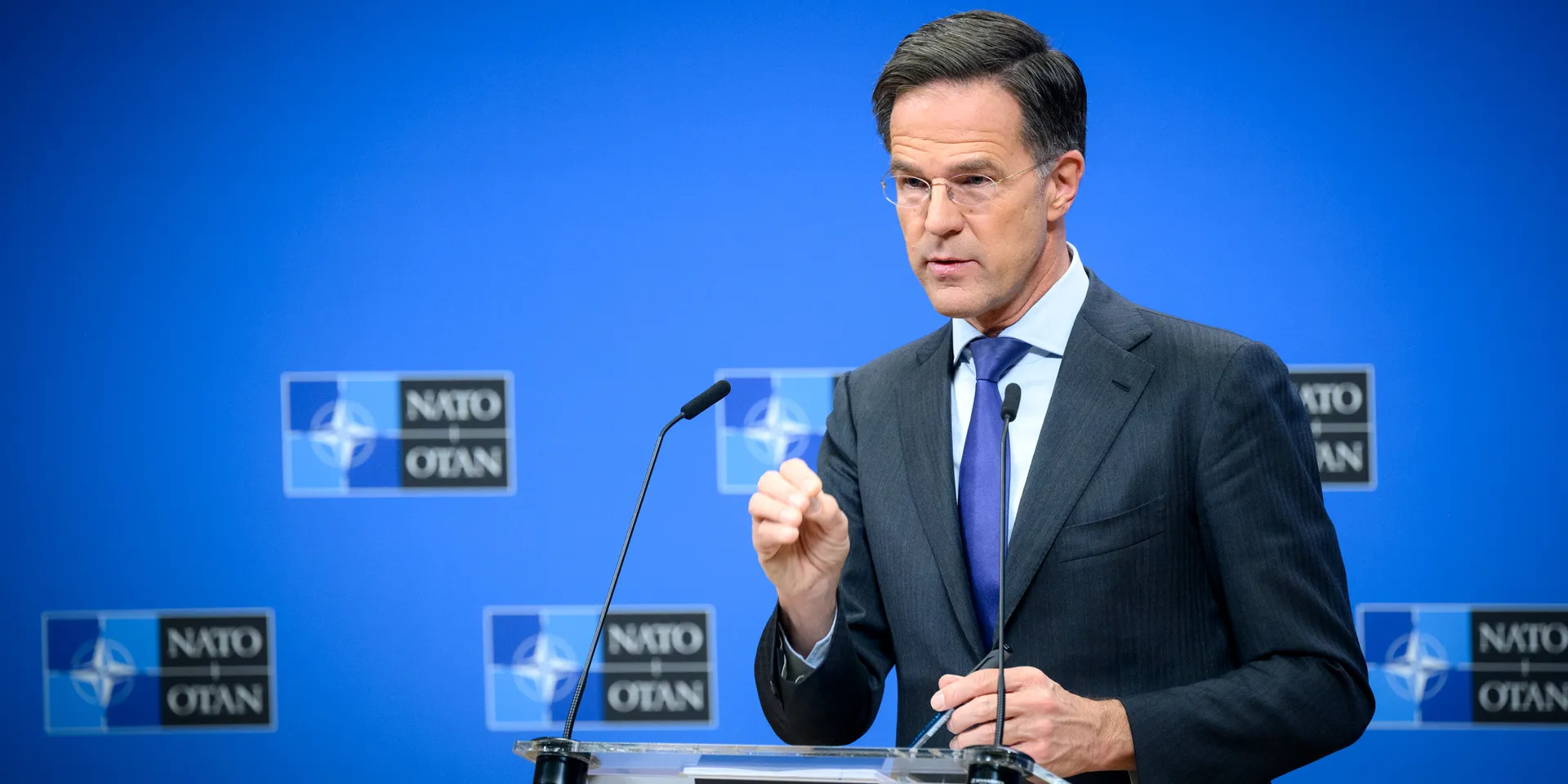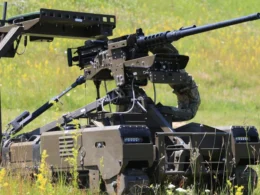NATO Secretary General Mark Rutte said at the Carnegie Europe think tank in Brussels that Ukraine will allocate approximately a quarter of its GDP to defense in 2025, which is more than ten times the average expenditure of European NATO members.
Rutte said, according to Ukrinform, that this stark contrast serves as a "harsh reminder that freedom is not free."
NATO countries are significantly increasing their defense spending primarily due to escalating security threats, particularly from Russia, and a renewed commitment to collective defense following the invasion of Ukraine.
In 2023, defense spending across European Allies and Canada rose by 11%, with expectations that 18 NATO members will meet the target of spending 2% of their GDP on defense in 2024, a substantial increase from just three members in 2014.
The NATO chief said that investing to defense now could prevent significantly higher costs of potential future conflicts.
"If we do not spend together now to prevent war, we will pay a much, much, much higher price later for participating in combat," Rutte warned.
Rutte said that during the Cold War, European governments spent over 3% of their GDP on defense, which enabled them to win the war. However, defense spending declined after the fall of the Iron Curtain, as the world was perceived as safer.
While NATO allies previously agreed to invest 2% of GDP in defense, Rutte argues that current security needs demand even higher expenditures. He acknowledged that increased defense budgets mean slightly reduced spending on other priorities, but emphasized that the trade-off is minimal.
Drawing from his personal experience, Rutte recounted a visit to Kharkiv, where he witnessed extensive destruction.
"I stood amidst ruins where homes once stood. Where families lived," he said, highlighting the human cost of war.
Rutte directly appealed to European citizens, urging them to pressure their governments to increase defense budgets."Tell them you will accept a small sacrifice today so that we can remain safe tomorrow," he said.
NATO countries are discussing increasing defense spending targets to potentially 3% of GDP or more, with some frontline states like Poland and the Baltic countries already exceeding this threshold.
Read also:
- NATO Secretary General reveals casualties in Russia’s Ukraine war one million exceeded
- Nuclear weapons better than NATO, Ukrainians now think: poll reveals dramatic shift
- Ex-NATO chief warns Trump not to make Ukraine his Afghanistan
- US, Germany “not ready” to invite Ukraine to NATO, alliance source says





